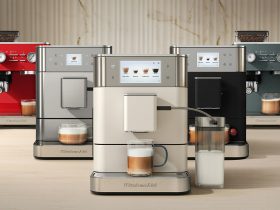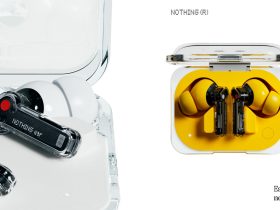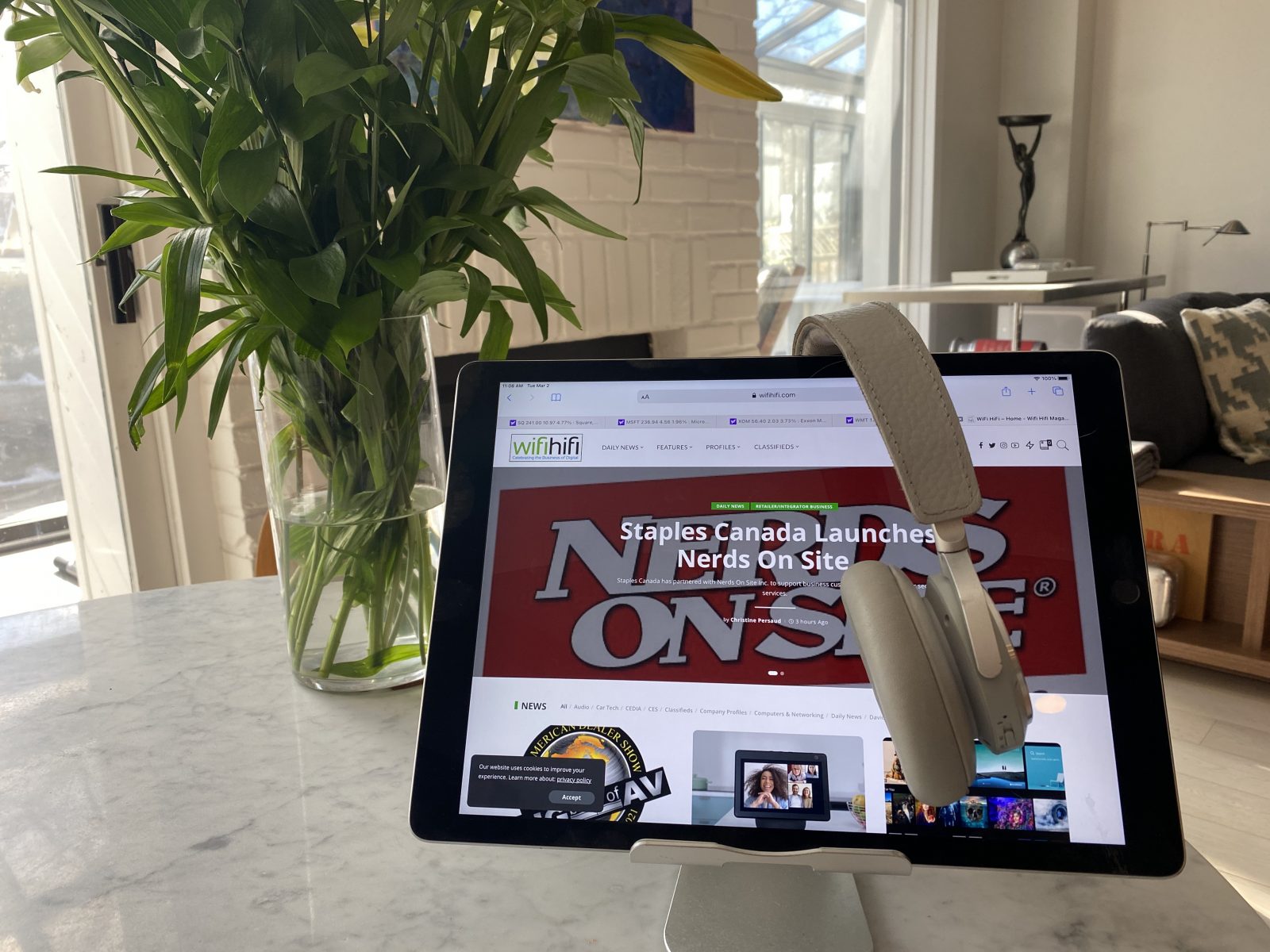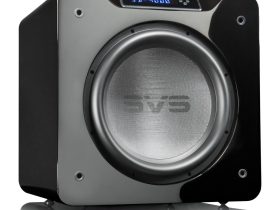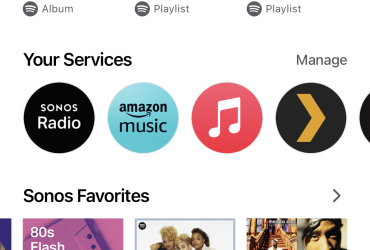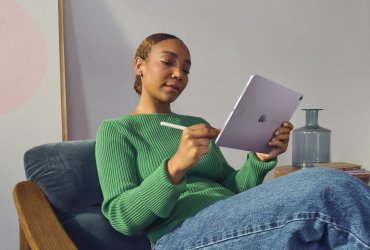New research by Compare the Market, an Australian company that does comparative tests on consumer goods and services reveals the dirty truth behind the electrical essentials that host the most bacteria, with TV remote controls being the dirtiest of all. iPads were revealed to host almost three times (190%) more germs than a doormat.
With the importance of keeping everything sanitized at an all-time high throughout the COVID-19 pandemic, Compare the Market had everyday objects swabbed, to determine whether or not the items we encounter as part of our daily routine are clean. The items were swabbed, at multiple locations, using 10 different reference points: supermarket trolley, takeaway container, remote, iPad, headphones, supermarket shopping bag, laptop, phone, doormat, keys, inside of a kitchen trash can, and a toilet seat. Compare the Market swabbed 10 of each item (for example 10 takeaway containers), across a variety of locations. All of the objects that failed were summed to give a total fail count and a total RLU reading.
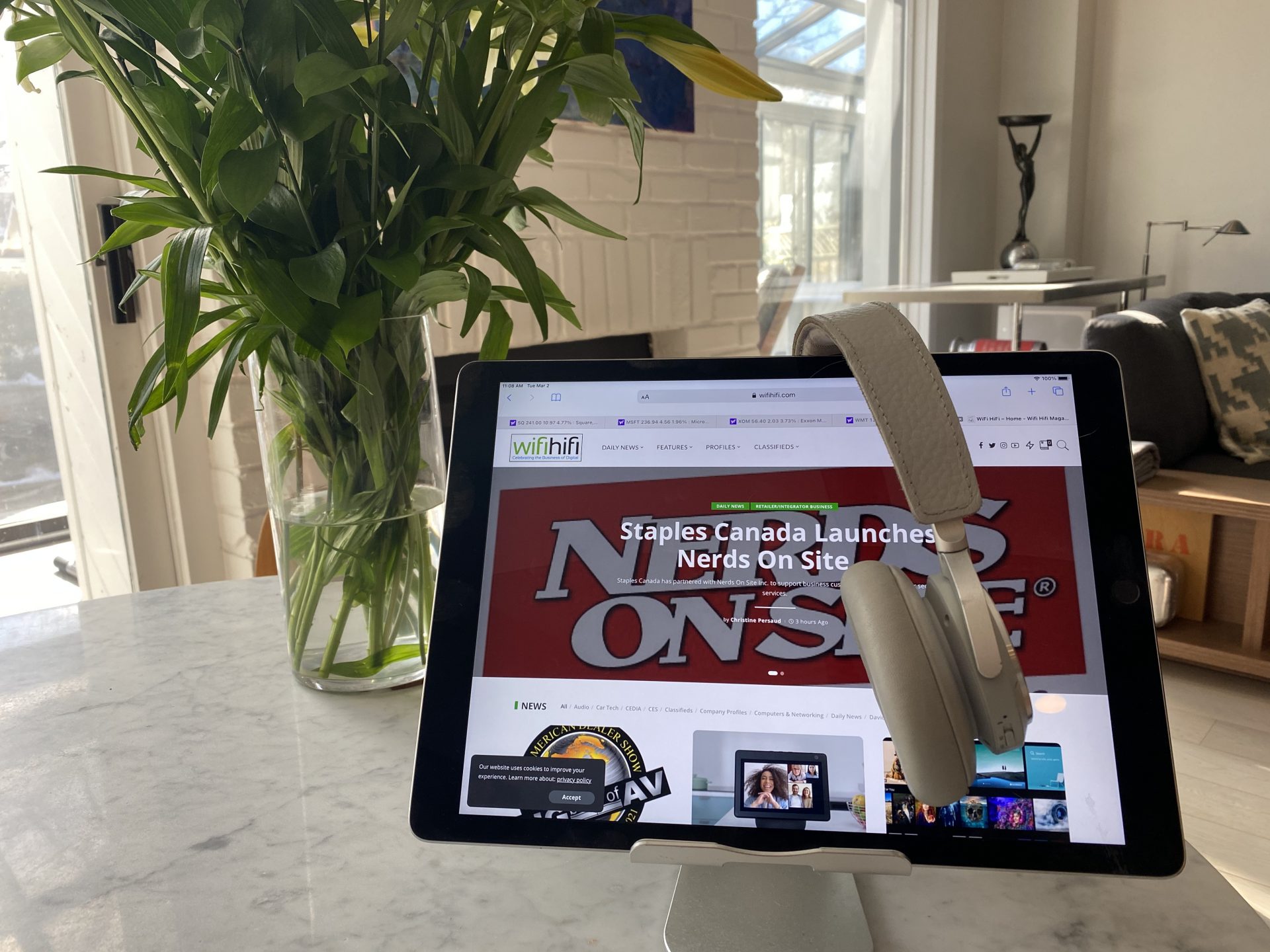
Compare the Market commissioned swabs on items that we assume are considered dirty such as a toilet seat, a home doormat, our house keys and the inside of a kitchen trash can to determine how the levels of germs on some of the most popular tech compared.
With a total of 7,349 relative light units2 (RLU), a reading that indicates how much bacteria are living on surfaces, remote controls are revealed as a feeding ground for germs, compared to a toilet seat with 866 RLU.
Following the research, the top five filthiest electrical essentials are as follows:
| Rank | Item | RLU |
| 1 | Remote | 7,349 |
| 2 | iPad | 6,993 |
| 3 | Headphones | 6,339 |
| 4 | Laptop | 4,915 |
| 5 | Phone | 3,866 |
Despite phones coming back as the cleanest of all tested devices, when compared to the inside of a kitchen trash can, they remain home to more than two times (191%) more germs. YUK!
Although additional laboratory tests would be needed to confirm, dirtier areas that display a higher reading, for example, remotes and iPads, have an increased probability of harboring harmful bacteria, which could cause illness.
Anthony Fleming, General Manager of Health Insurance at Compare the Market said:“During the COVID-19- pandemic, it’s important to remain vigilant in upholding hygiene standards, such as washing your hands thoroughly and disinfecting surfaces. As our research shows, people shouldn’t forget to disinfect their essential items, as they can harbor far more bacteria than one might expect. It’s good practice to keep anti-bacterial products and hand sanitizer with you when you’re on-the-go. Remember to clean your electrical goods even when at home, as this can help prevent the spread of potentially harmful bacteria.”

Swabs were taken using Hygiena’s UltraSnap Surface ATP Test and EnSURE Touch monitoring system to determine RLU (Relative Light Units) results.
The RLU reading is based on the amount of ATP (adenosine triphosphate) collected from the sample. The relationship between the amount of ATP on the sample and the RLU result reading is simple: high contamination (improper cleaning) = large amount of ATP = more light produced in reaction= high RLU reading on EnSURE. Objects with an RLU reading of <50 register as a pass (clean), and objects with an RLU reading of >50 registers as a fail (dirty).

